Additional notes (click to expand)
Medicinal
Banned.
Nomenclature
Syn.= Acontium lamarckii
The Royal Horticultural Society Horticultural Database, available at www.rhs.org.uk
Other use
In medieval times extracts in witch ointments gave a feeling of flying.
Wink, Michael & Ben-Erik van Wyk (2008). Mind-Altering and Poisonous Plants of the World. Timber Press
Phytochemistry
Active Principle: All parts es[pecially tubers: Aconitine, mesaconitine, lycoctonine and other terpene alkaloids (up to 2% in tubers).
Wink, M. (2009). Mode of Action and toxicology of plant toxins and poisonous plants. Mitt. Julius Kuhn-Inst. 421:93-111. p.98
Toxicity
Toxicity 1a: extremely hazardous. Aconitine activates Na+ channels and is thus a strong nerve and muscle poison, causes numbness, causes paralysis.
Wink, M. (2009). Mode of Action and toxicology of plant toxins and poisonous plants. Mitt. Julius Kuhn-Inst. 421:93-111.
Geographical distribution
- Europe
Aconitum lycoctonum subsp. neapolitanum (Ten.) Nyman
Family: RANUNCULACEAEGenus: Aconitum
Species: lycoctonum
SubSpecies: neapolitanum (Ten.) Nyman
Distribution summary: S.Europe
Habit: Perennial
Hardiness: H5 - Hardy; cold winter
Garden status: Not currently grown
Reason for growing: Medicinal, toxic
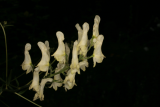

.JPG)
.JPG)
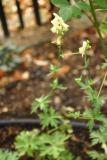
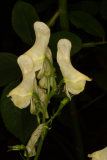
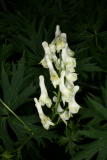
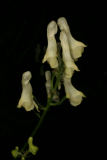
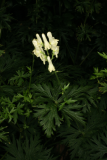

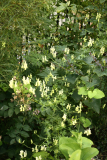
.JPG)
.JPG)
.JPG)